Dream pop is a subgenre of alternative rock and neo-psychedelia that emphasizes atmosphere and sonic texture as much as pop melody. Common characteristics include breathy vocals, dense productions, and effects such as reverb, echo, tremolo, and chorus. It often overlaps with the related genre of shoegaze, and the two genre terms have at times been used interchangeably.
New jack swing, new jack, or swingbeat is a fusion genre of the rhythms and production techniques of hip hop and dance-pop, and the urban contemporary sound of R&B. Spearheaded by producers Teddy Riley, Bernard Belle, Jimmy Jam and Terry Lewis, new jack swing was most popular from the late 1980s to early 1990s.

4AD is a British record label owned by Beggars Group. It was founded in London under the name "Axis" by Ivo Watts-Russell and Peter Kent in 1980 as an imprint of Beggars Banquet Records. The name was changed to 4AD after the release of the label's first four singles. Later that year, Watts-Russell and Kent purchased the label from Beggars Banquet to become an independent record label, and Kent sold his share to Watts-Russell a year later.
Colourbox were an English electronic musical group on the 4AD label, releasing a number of records between 1982 and 1987. The band was formed by brothers Martyn and Steve Young, Ian Robbins, and vocalist Debbion Currie. Currie and Robbins left the band in 1983, with the role of vocalist being filled by Lorita Grahame.

MARRS were a 1987 recording collective formed by the groups A.R. Kane and Colourbox, which only released one commercial disc. It became "a one-hit wonder of rare influence" because of their international hit "Pump Up the Volume", which was their only single.
Paul Louis Hardcastle is a British composer, musician, producer, songwriter, radio presenter and multi-instrumentalist. He is best known for his song "19", which went to number 1 in the UK Singles Chart in 1985.

A.R. Kane was a British musical duo formed in 1986 by Alex Ayuli and Rudy Tambala. After releasing two early EPs to critical acclaim, the group topped the UK Independent Chart with their debut album 69 (1988). Their second album, "i" (1989), was also a top 10 hit. They were also part of the one-off collaboration MARRS, whose surprise dance hit "Pump Up the Volume" was released in 1987. Ayuli is believed to have coined the term "dreampop" in the late 1980s to describe their eclectic sound, which blended elements such as effects-laden guitars, dub production, and drum machine backing.
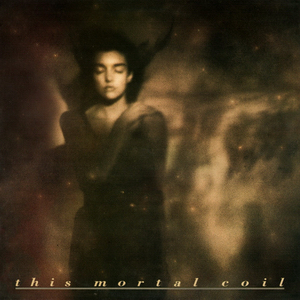
It'll End in Tears is the first album released by 4AD collective This Mortal Coil, an umbrella title for a loose grouping of guest musicians and vocalists brought together by label boss Ivo Watts-Russell. The album was released on 1 October 1984, and reached #38 on the UK Albums Chart. It features many of the artists on the 4AD roster at the time, including Cocteau Twins, Colourbox, and Dead Can Dance; as well as key post-punk figure Howard Devoto, who sang "Holocaust", one of two covers of songs from the Third/Sister Lovers album by Big Star. The other Alex Chilton-penned track, album opener "Kangaroo", was released as a single to promote the album. Two key songs were performed by Elizabeth Fraser of Cocteau Twins, including Tim Buckley's "Song to the Siren", which reached #66 on the UK Charts when released as This Mortal Coil's debut single a year before the album. The song remained on the UK Indie Chart for almost two years. Fraser also performed on "Another Day" by Roy Harper. 4AD would go on to release two further albums under the name of This Mortal Coil: Filigree & Shadow (1986) and Blood (1991).

"Dreamlover" is a song recorded by American singer-songwriter and record producer Mariah Carey, released on July 27, 1993 by Columbia, as the lead single from the singer's third studio album, Music Box (1993). Its lyrics were written by Carey, with music composed by Carey and Dave Hall, and was produced by Carey, Walter Afanasieff and Hall. The song incorporates a sample of the hook from "Blind Alley" by the Emotions—previously used in "Ain't No Half-Steppin'" (1988) by Big Daddy Kane—into its melody and instrumentation. "Dreamlover" marked a more pronounced attempt on Carey's part to incorporate hip hop into her music, as was seen in her decision to work with Hall, who had previously produced What's the 411? (1992) by Mary J. Blige. This was partly in light of the mixed reception to her previous studio effort Emotions (1991), which featured gospel and 1960s soul influences. Lyrically, the song pictures a protagonist calling for a perfect lover, her "dreamlover," to whisk her away into the night and not "disillusion" her like others in the past.
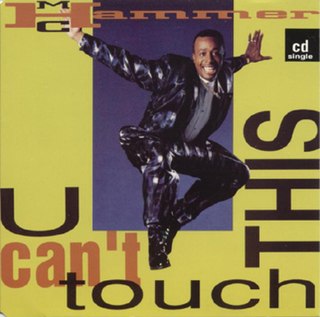
"U Can't Touch This" is a song co-written, produced, and performed by American rapper MC Hammer. It was released as the third single from his third album, Please Hammer Don't Hurt 'Em (1990), and has been considered his signature song. Along with Hammer, Rick James shares songwriting credits with Alonzo Miller, as the song samples the prominent opening riff of James' 1981 single "Super Freak". The song has been used and referred to in many television shows, films, commercials, and other forms of media. It has also received multiple awards and recognition.
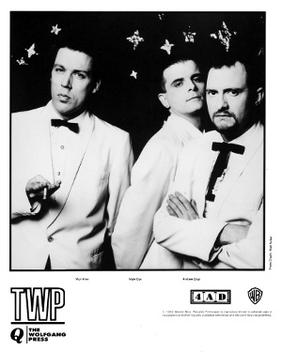
The Wolfgang Press were an English post-punk band, active from 1983 to 1995, recording for the 4AD label. The core of the band was Michael Allen, Mark Cox (keyboards), and Andrew Gray (guitar).

"Lean on Me" is a song written and recorded by American singer-songwriter Bill Withers. It was released in April 1972 as the first single from his second album, Still Bill. It was a number one single on both the soul and Billboard Hot 100 charts, the latter chart for three weeks in July 1972. Billboard ranked it as the No. 7 song of 1972. It was ranked number 208 on Rolling Stone's list of "The 500 Greatest Songs of All Time" in 2010. Numerous other versions have been recorded, and it is one of only nine songs to have reached No. 1 on the Billboard Hot 100 with versions recorded by two different artists.

"I Know You Got Soul" is a song recorded by Eric B. & Rakim in 1987. A commercial and artistic success, it was ranked #23 by Rolling Stone on their list of Top 50 hip-hop songs, and #396 on their list of 500 Greatest Songs of All Time.
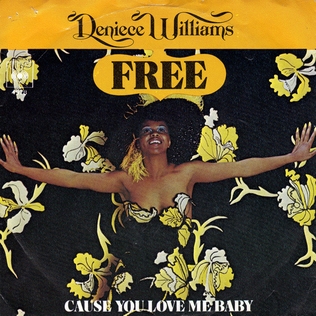
"Free" is a song by American singer Deniece Williams that was included on her album This Is Niecy. The song was written by Williams, Hank Redd, Nathan Watts and Susaye Greene and produced by Maurice White and Charles Stepney.
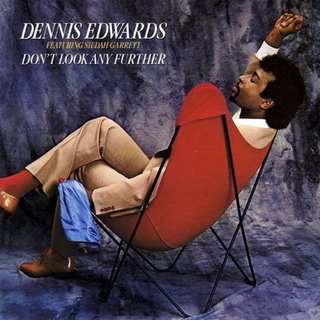
"Don't Look Any Further" is a song by American singer Dennis Edwards featuring American singer-songwriter Siedah Garrett, released in April 1984 from the singer's debut album by the same name (1984). The song is written by Franne Golde, Dennis Lambert and Duane Hitchings. It peaked at No. 2 on the Billboard Black Singles chart and No. 72 on the Billboard Hot 100. In the UK, the song peaked at No. 45.

"Hangin' on a String (Contemplating)" is the seventh single by British soul band Loose Ends from their second studio album, So Where Are You?, and was released in February 1985 by Virgin Records. In the group's native UK, the single made the top twenty. Outside the UK, the single went to number one on the U.S. Billboard R&B chart for one week. This made Loose Ends the first British band ever to top that chart It also reached number 43 on the Billboard Hot 100.

"Beat Dis" is a song by British act Bomb the Bass, a studio production 'group' formed by producer Tim Simenon originally as the Rhythm King All Stars, with producer Pascal Gabriel and Adele Nozedar from Indians in Moscow involved too.

"Paid in Full" is a 1987 song by American hip hop duo Eric B. & Rakim. Written and produced by group members Eric Barrier and Rakim Allah, the song was released as the fifth single from the duo's debut studio album, Paid in Full (1987). It became one of the group's most successful singles, owing heavily to a popular remix of the song by English electronic dance music duo Coldcut.
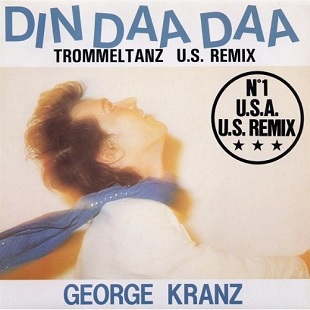
"Din Daa Daa" (also released as "Trommeltanz (Din Daa Daa)" or as "Din Daa Daa (Trommeltanz)", from German Trommel + Tanz, "drum dance") is a song written and performed by German musician George Kranz, released as a single in 1983. His only international success, "Din Daa Daa" became a club hit which peaked at number one for two weeks on the US Dance chart. It also charted in several European countries.

69 is the debut album by British band A.R. Kane, released in 1988 on Rough Trade Records and produced by the band with additional co-production from Ray Shulman. Following the release of their acclaimed Lollita and Up Home! EPs, 69 developed the experimental "dream pop" style pioneered by the duo, blending elements of dub, acid rock, jazz, noise, and pop.
















